CCTV (Closed-Circuit Television) plays a crucial role in enhancing security in both residential and commercial environments. With various types of CCTV cameras available, choosing the right one can be overwhelming.
This guide will explore the different Types of CCTV cameras, their unique features, and how to select the best one for your needs.
What are the Different Types of CCTV Cameras?
Selecting the right Types of CCTV cameras is essential to ensure optimal security. Choose a camera based on your needs, like where you’ll use it, the lighting, and how much security you need.
Here’s a detailed breakdown of the most common types of CCTV cameras.

Dome Camera
Dome cameras are dome-shaped and are designed to be used in both indoor and outdoor environments. Their design makes them discreet and hard to tamper with, which enhances security. The dome shape also allows for 360-degree coverage, making these cameras ideal for real time monitoring wide areas. Manufacturers often equip them with infrared (IR) LEDs, enabling them to capture clear images even in low-light conditions.
Other benefits of dome cameras include:
- Vandal-resistant housing
- Wide-angle coverage
- Infrared night vision for low-light surveillance

Bullet Camera
Bullet cameras are long and cylindrical in shape and are ideal for outdoor use. Designers specifically create them for applications that require a long-distance field of view. The protective casings enclose the cameras and shield them from dust, dirt, and other environmental elements.
Bullet cameras are easy to install with a bracket. They come with either fixed or adjustable lenses. You can choose the type of lens based on your needs.
Other benefits of bullet cameras include:
- IR night vision capabilities
- Compact size for easy installation
- High-quality image resolution

C-Mount Camera
C-Mount cameras feature a bulky design and come with detachable lenses, offering flexibility for different surveillance scenarios. These cameras are particularly useful in monitoring large spaces or areas requiring a specific type of lens. C-Mount cameras are large and easy to see, which helps prevent intruders. This makes them popular for high-security areas.
Other benefits of C-Mount cameras include:
- Versatile lens options
- Extended range coverage
- High visibility to deter criminal activity
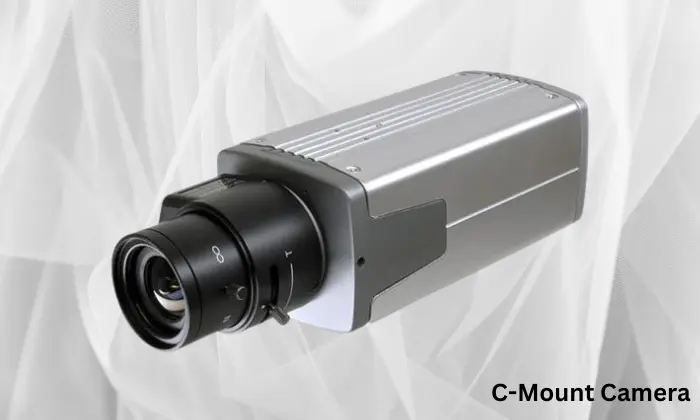
Day/Night Camera
Day/Night cameras are designed to provide clear surveillance in both well-lit and low-light conditions. They change to color images during the day and black-and-white at night for the best image quality. These cameras are strong and can handle different lighting conditions, making them perfect for outdoor use where lighting changes.
Other benefits of Day/Night cameras include:
- Excellent low-light performance without IR LEDs
- Durable design for outdoor use
- High-resolution imaging during the day and night
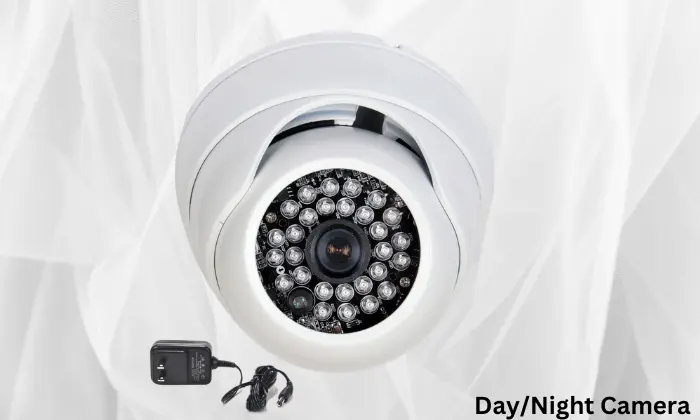
PTZ (Pan Tilt Zoom) Camera
PTZ cameras can move in various directions and zoom in on specific areas. This makes them ideal for active surveillance purposes. They are great for monitoring large areas and capturing detailed footage. You can control PTZ cameras remotely, and they offer versatility.
You can remotely control these cameras to monitor different areas, providing extensive coverage. People commonly use them in locations where large-scale monitoring is necessary.
Other benefits of PTZ cameras include:
- Remote control for adjusting camera direction and zoom
- Wide area coverage with a single camera
- High-resolution zoom capabilities
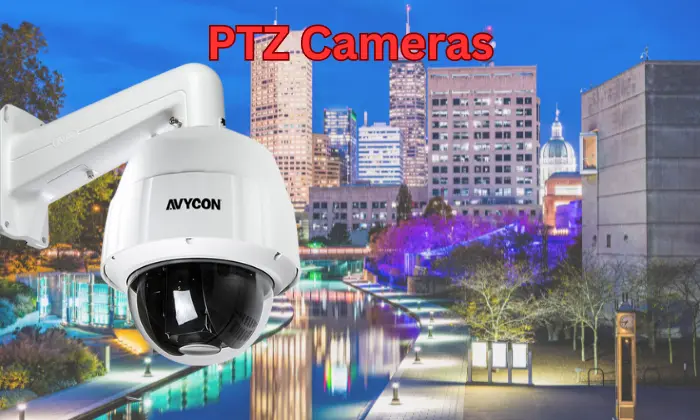
Dark Fighter Technology Camera
Dark Fighter cameras work well in low light, giving clear color images without needing extra lights. They use special sensors to take good pictures in low light, making them great for night surveillance.
Other benefits of Dark Fighter cameras include:
- Superior low-light color imaging
- Smart detection features like face and audio detection
- High-performance sensors for clear images
ANPR/LPR Camera
ANPR and LPR cameras capture and store vehicle registration details. They are essential for monitoring high-traffic areas where vehicle identification is critical. These cameras offer high accuracy in reading plates even in fast-moving traffic.
Other benefits of ANPR/LPR cameras include:
- Automated license plate recognition and storage
- High accuracy in various lighting conditions
- Efficient data management for securing.
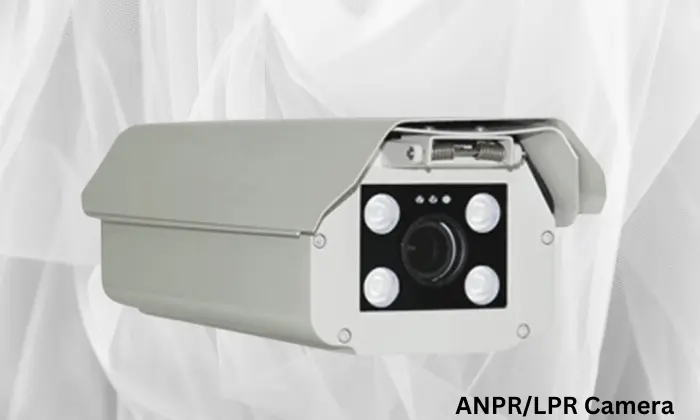
Thermal Imaging Camera
Thermal imaging cameras detect heat instead of light. This lets them function in complete darkness. They can also see through obstacles like smoke and fog. They are ideal for high-security environments where traditional cameras may struggle.
Other benefits of thermal imaging cameras include:
- Heat detection for all-weather surveillance
- Long-range detection capabilities
- Effective in detecting intrusions in total darkness
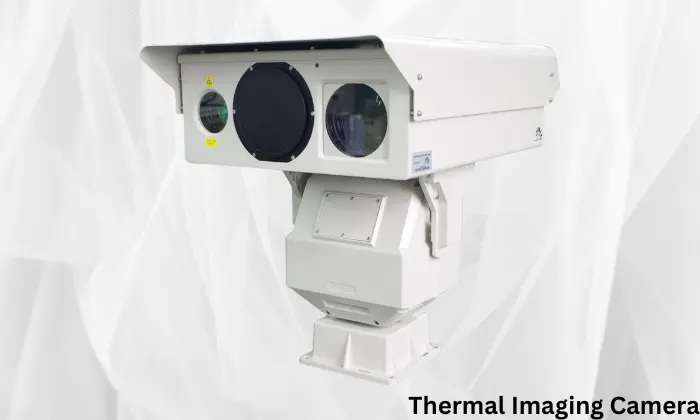
Varifocal Camera
Varifocal cameras let users change the zoom level, allowing clear images when zooming in or out. This makes them ideal for areas where the surveillance needs might change over time, allowing for precise monitoring.
Other benefits of varifocal cameras include:
- Adjustable zoom for focused monitoring
- Elimination of dead zones with precise adjustments
- Clear images at varying distances
Network/IP Camera
Network or IP cameras transmit video footage over the internet, allowing for remote access and monitoring from any location. You can easily integrate them into larger surveillance systems, and they require less cabling, which makes installation simpler.
Other benefits of Network/IP cameras include:
- Remote access for monitoring from anywhere
- Easy scalability for large systems
- Reduced cabling requirements
High Definition (HD) Camera
High Definition cameras offer superior image quality with high resolution, making them essential for environments where detailed footage is necessary. These cameras are particularly useful for identifying faces, license plates, and other critical details.
Other benefits of HD cameras include:
- High-resolution imaging for detailed surveillance
- Zoom capability without loss of image clarity
- Enhanced security for evidence collection

What to Consider When Choosing CCTV Cameras
6 Factors to Consider When Selecting Types of CCTV
Choosing the right Types of CCTV involves considering several key factors. Here’s what you need to keep in mind:
1. Lens Type
Choosing between a fixed lens or varifocal lens will affect surveillance quality. Fixed lenses are for specific areas, while varifocal lenses offer adjustable focus.
2. Sensor Type and Size
The type and size of the sensor, whether CMOS or CCD, impact the camera’s performance in low light. They also influence how well the camera captures detailed images. CCD sensors generally offer better image quality but are more expensive.
3. Output Resolution
Higher resolution cameras provide clearer images, which is essential for identifying suspects or capturing detailed footage. However, consider the storage and bandwidth requirements, as higher resolution images consume more space.
4. Indoor vs. Outdoor
The location of the camera will dictate the type of housing and features required. Outdoor cameras should be weatherproof and have night vision, while indoor cameras should be small and unobtrusive.
5. Lighting Conditions
Different cameras perform differently under various lighting conditions. Testing cameras in the actual environment where you will install them will help you determine which type performs best.
6. Discreet vs. Visible Deterrence
Visible cameras act as a deterrent, while discreet cameras can capture footage without being noticed. The choice depends on whether you want to prevent crime or capture it discreetly.
Conclusion
Knowing the different types of CCTV cameras and their features is important. This knowledge helps you choose the best security system for your needs. You can find a CCTV camera for indoor use, long-distance viewing, or low-light situations to meet your needs. To make sure your CCTV system works well, think about the lens, sensor, and resolution when setting it up.
FAQs about Types of CCTV
Dome cameras are popular because they are easy to install, versatile, and can blend well into different surroundings.
Yes, most CCTV cameras can record footage without an internet connection. However, remote access to live feeds or recorded footage typically requires an internet connection.
The distance a CCTV camera can see depends on the lens type and sensor. Standard cameras cover up to 40 feet, while long-range cameras like C-Mount can see beyond 40 feet.
Not all CCTV cameras are weatherproof. Manufacturers design outdoor cameras to withstand various weather conditions, while they do not design indoor cameras for outdoor use.
Audio is optional but can be useful for certain applications, such as two-way communication or capturing verbal exchanges. If criminals hear someone recording their actions, it also acts as an additional deterrent.
Storage needs depend on camera resolution, the number of cameras, and how long you want to keep the footage. Each factor affects the amount of storage required. Higher resolution cameras require more storage.







